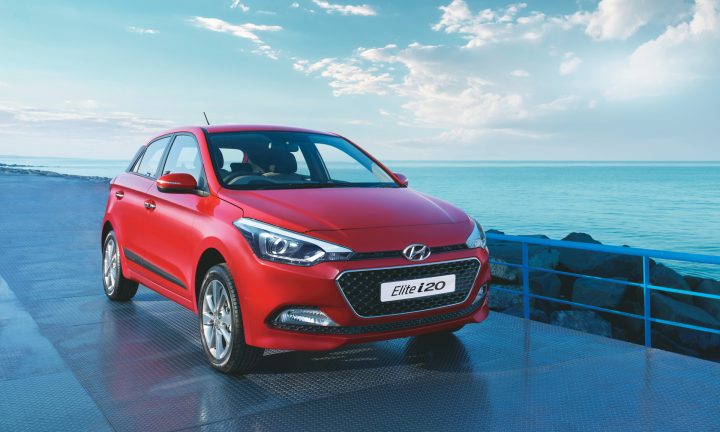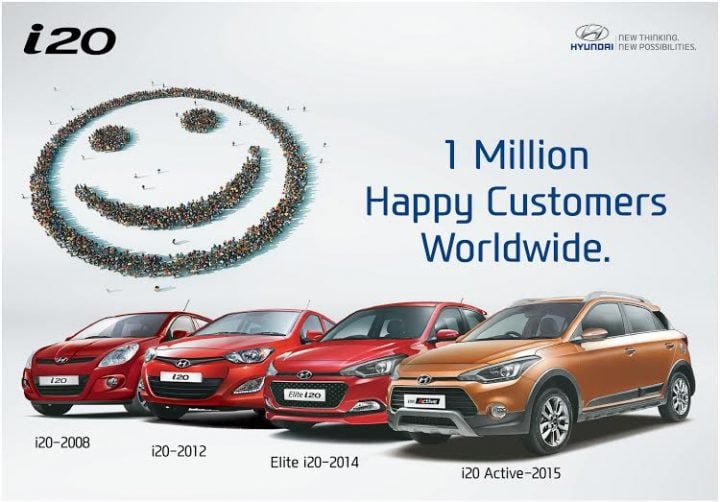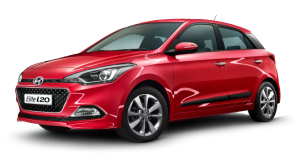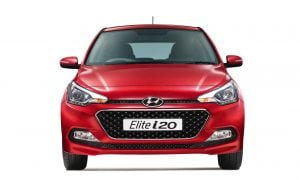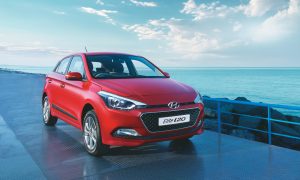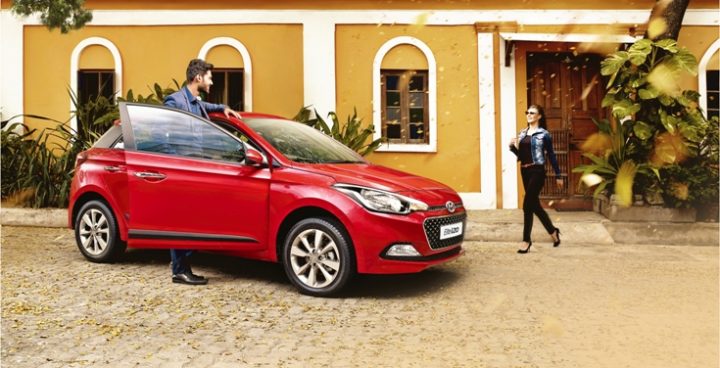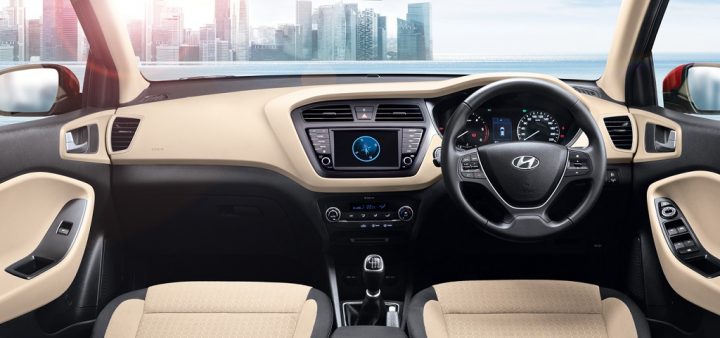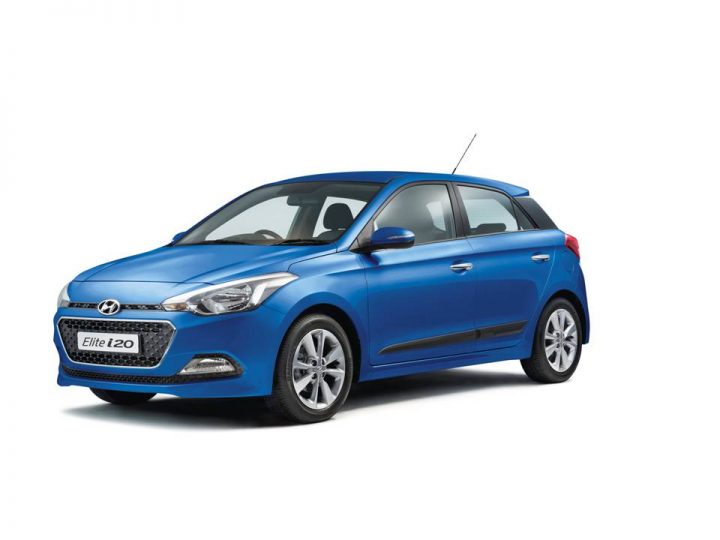Launched in India in 2008, the Hyundai i20 became another runaway success for the Korean car maker in India. This was followed by the introduction of a facelifted model, before the second generation i20 arrived in India in 2015. The hatchback’s success isn’t just limited to the Indian market. Cumulative global sales of the Hyundai i20 have crossed the 1 million mark. In India, the Elite i20 has sold more than 200,000 units and commands a 66% market share in its segment. Read on to know all about this popular hatchback.
Also See – New Hyundai Elantra | Hyundai i20 Automatic | Upcoming Hyundai Cars
Commenting on the achievement, Mr. Y.K. Koo – MD & CEO, Hyundai Motor India Ltd (HMIL), said, “Reaching this historic mark is a testament to Hyundai i20’s staying power and the global appeal of a vehicle that delivers sporty design, functionality and class-leading performance. We are extremely delighted that i20 models have achieved this milestone of 1 million global sales and met the aspirations of Indian and Global customers. Hyundai is Modern Premium brand that offers quality, innovation and value for money with awards winning cutting-edge technology, styling and performance. Hyundai is committed towards fulfilling the customers’ aspirations and will continue to evolve its products as per the ever changing market trends.”
Sales details:
| Brand | Launched Date | Domestic | Exports | Total |
| i20 | 29 Dec, 2008 | 367,146 | 389,889 | 757,035 |
| Elite i20 | 11 Aug, 2014 | 205,441 | 16,603 | 222,044 |
| i20 Active | 17 Mar, 2015 | 30,877 | 7,154 | 38,031 |
| Grand Total | 1,017,110 | |||
Hyundai Elite i20 Price in India
| Variant | Petrol | Diesel |
| Era | INR 5.56 lakhs | INR 6.76 lakhs |
| Magna | INR 6.14 lakhs | INR 7.36 lakhs |
| Sportz | INR 6.68 lakhs | INR 7.94 lakhs |
| Asta | INR 7.20 lakhs | INR 8.44 lakhs |
| Asta (O) | INR 7.57 lakhs | INR 8.81 lakhs |
ex-showroom Delhi Price
2016 Hyundai Elite i20 Official Images
Hyundai Elite i20 – Exterior Design
The new i20 gets a grownup design as compared to the earlier model. The car was designed at Hyundai’s design studio in Russelsheim, Germany and features the company’s new ‘Fludic Sculpture V2.0’ language. This removes a bit of the swoopy design seen on the first gen fluidic models, replacing it with a bit more of a macho design. The large, upright lower grille at the front with the swept-back headlamps, a long hood, much more purposeful stance when looked from the side, blacked-out C-pillars and sleek taillight units add to the grown-up look of the hatchback. The design of the car hides the fact that the car has shrunk in length as compared to the previous model by as much as 10mm, but the wheels have been moved to the corners of the car which will help with both interior space and ride-and-handling.
Design at the front can be a bit polarising, the please all design of the earlier model has been replaced with a more in-your-face design. Move to the side and you notice that the car looks more purposeful with the straight body lines and the blacked-out C-pillar.
The rear is where the car has really grown up, the vertically arranged tail-lamp cluster is replaced by sleek horizontal units. The three-lamp brake unit looks really cool and are flanked by indicators on the outside corners. The reverse lamp has been moved down to the bumper alongside one of the reflectors. This design change also means that the new i20 will get a larger hatch door, which will also help ease loading luggage onto the rear luggage compartment.
Hyundai Elite i20 – Interior Design
Inside, the i20 gets a big makeover. The design is refreshing and all new, and follows the trend set by the Grand i10 which is to say that the interiors on the hatchback look very premium. You can see that elements have been inspired by the Grand i10/Xcent like the multi-function steering wheel design and instrument cluster, but other design elements are all new. The instrument cluster is an evolution over the one found on the older model and continues to get two large dials for the speed and revs with a Multi-Information Display set in-between. The dual-tone black and beige combination is the safest option on the market and has been used to highlights the interiors cleverly.
The centre console looks as though it has been angled towards the driver but that is an illusion brought about due to the way the dashboard has been designed. The instruments light up with a cool blue glow at night. The centre console is dominated by the sleek A/C vents (which replace the vertical units on the old car), which sit above the new integrated multimedia system which sits flush and looks much better than the unit on the older model. The new A/C controls at the bottom of the centre console also look very classy. The multi-information display above the centre console has been removed as the display in the instrument cluster is much more detailed than before. The lower centre console gets a small storage space before the newly-designed gear-lever which also houses ports for the AUX and USB and a 12V charging port.
The i20 now gets an armrest between the two front seats under which a storage space is housed. The seats look well contoured at the front and should be as comfortable as the ones on the previous model, the dual-tone covers may be a bit difficult to maintain, though.
Video Review
Variant-wise Features
The recent update to the features list evoked mixed emotions. Hyundai has deleted some minor features such as the boot lamp, leather wrapped gear knob, one 12V power outlet and auto up function for the driver side window. However, these omissions have been made in order to avoid a price hike due to the addition of a touchscreen available in the top spec trims. Along with the Elite i20, the i20 Active also benefits from the said touchscreen system.
Era
- Power steering
- Front power windows
- Manual A/C
- Central locking
- 14-inch steel wheels
Magna
Gets the following over the Asta
- Flip-key
- Rear parcel shelf
- Front centre armrest
- 2-DIN music system, AUX / USB / Bluetooth connectivity with 1GB internal storage connected to 4-speakers
- Steering mounted controls
- All-door power windows
- Rear A/C vents
- Electrically adjustable ORVMs
- Cooled glovebox
Sportz
Additional features over the Magna include:
- Driver airbag
- ABS
- Rear parking sensors
- Rear view camera with display on IRVM
- Leather wrapped steering wheel
- Tilt and telescopic adjust steering wheel
- Automatic A/C
Asta
Over and above the Sportz
- Front dual airbags
- Automatic headlights
- rear wiper and washer
Asta (O)
Over and above the Asta
- Touchscreen AVN
- Projector headlamps
- LED DRLs
Features available on the previous model like the 6-airbags, sunroof, and rear disc brake have been dropped from the new car in favour of other value-added features.
Engine and Transmission
The petrol variants powered by the 1.2-litre, 4-cylinder, Dual-VTVT engine which is mated to a 5-speed manual transmission. It produces 81.8 BHP of peak power @ 6000 RPM and 115 Nm of peak torque @ 4000 RPM. The ARAI certified fuel efficiency is 18.6 KMPL for the Era dn Magna variants while the rest deliver 18.24 KMPL.
The diesel variants are powered by the 1.4-litre, 4-cylinder U2 CRDi diesel unit which produces a peak power of 88.8 BHP @ 4000 RPM and 220 Nm of peak torque between 1500 – 2750 RPM. The transmission is also unchanged, a 6-speed unit is offered. The ARAI certified fuel efficiency is 22.54 KMPL for the Era and Magna variants while the rest deliver 21.76 KMPL.
Competition
What do you think of the new Hyundai i20? Let us know in the comments section below.


